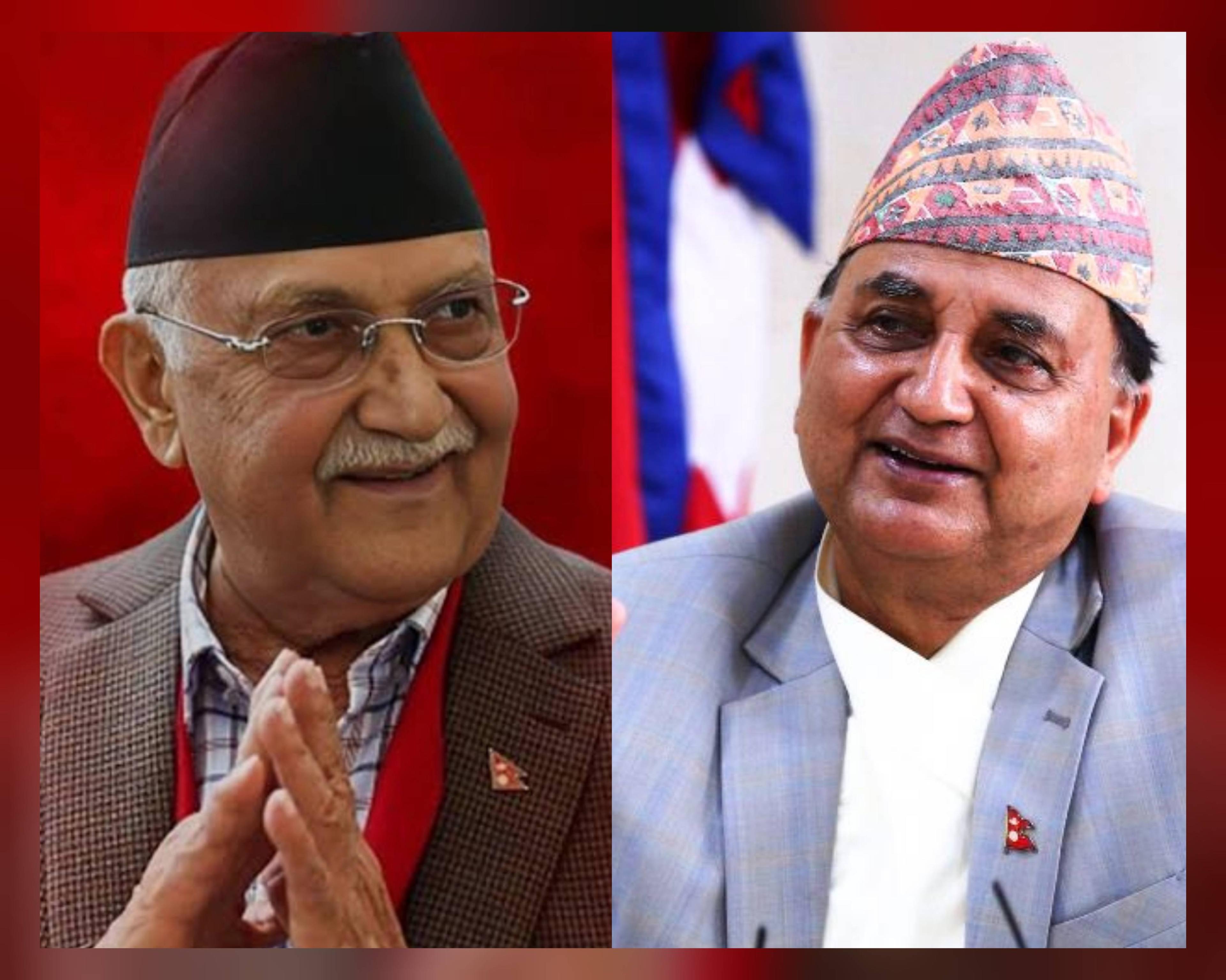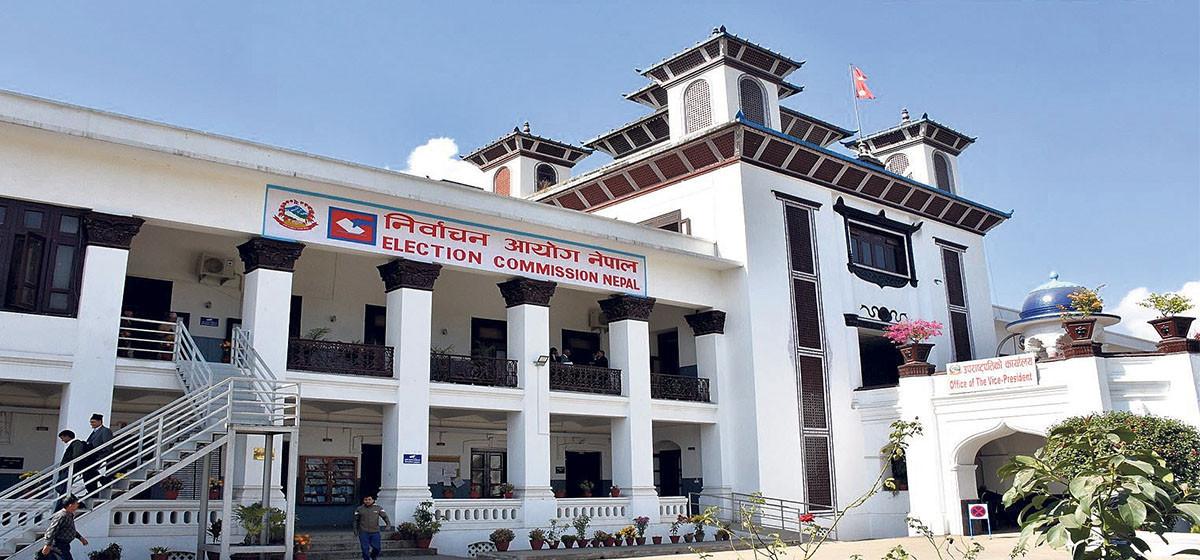Nepal signed the BRI agreement with China seven years ago, but during this time, Nepal has failed to clearly define its role and strategy for implementing the BRI.
Nepal Verified News
Tue Nov 26 2024

The ruling Congress and CPN-UML are on opposite ends when it comes to China's Belt and Road Initiative (BRI). During the upcoming visit to China, Prime Minister KP Sharma Oli, who had initially planned to implement the BRI, has been forced to reconsider due to Congress’s stance. Congress has strongly opposed accepting loans under the BRI, and as a result, Prime Minister Oli's position has shifted. During his visit, he has expressed his intent not to accept the BRI under loan terms.
Nepal signed the BRI agreement with China seven years ago, but during this time, Nepal has failed to clearly define its role and strategy for implementing the BRI. The BRI, with the objective of developing infrastructure and expanding trade networks by land and sea, presents both opportunities and challenges for countries like Nepal, which has a geographically strategic location but is economically weak. Nepal’s role in the BRI is crucial.
Nepal has the potential to develop significant infrastructure through the BRI. Proposed projects such as railways, highways, and energy initiatives by China could become the foundation for Nepal's economic growth. The BRI could facilitate smoother trade between Nepal and China via the Tatopani and Rasuwagadhi border posts. On the other hand, as connectivity between the Himalayas and China grows under the BRI, Nepal could become a key trade link between South Asia and China. This could not only improve Nepal's economic development but also position Nepal as an important player in regional geopolitical dynamics.
Challenges for Nepal
Despite the potential benefits, Nepal will face numerous challenges in implementing the BRI. Many countries under the BRI, including Sri Lanka, Pakistan, Myanmar, the Maldives, and others, have taken on significant debt for infrastructure projects. However, the inability to repay these loans has led several of these countries to fall into a "debt trap." This could similarly pose a threat to Nepal, as the increasing economic dependency through BRI loans could create financial difficulties for the country.
Another challenge is the geopolitical risks associated with the BRI. Nepal, with its strategic location between China and India, could face tensions with India due to the BRI, which might affect Nepal’s relations with its southern neighbor. Furthermore, large-scale projects in the northern Himalayan region could negatively impact the local environment.
What Role Should Nepal Play?
Despite the challenges, the BRI also presents an opportunity for Nepal to succeed in its development journey. To make the most of this opportunity, Nepal must carefully plan and execute projects, leveraging its relationship with China for economic development while also strengthening its longstanding cultural and geographical ties with India.
No comments yet









